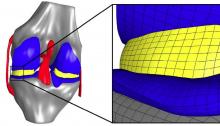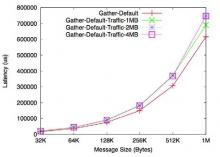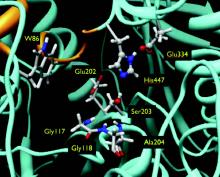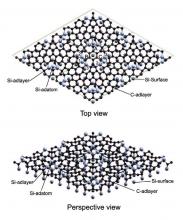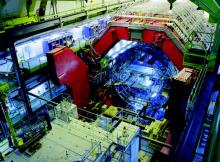Multi-scale Loading
A Cleveland Clinic research team is developing virtual models of human knee joints to better understand how tissues and their individual cells react to heavy loads – virtual models that someday can be used tounderstand damage caused by the aging process or by debilitating diseases, such as osteoarthritis.
